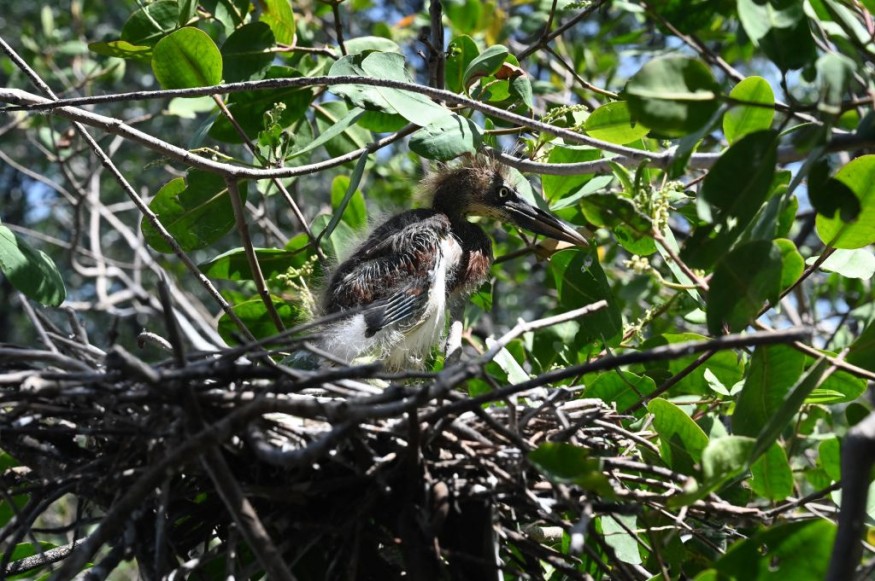
A recent study indicates that birds nesting in agricultural environments are much less likely to successfully raise their young during extreme heat episodes than birds nesting in woods under the same weather circumstances.
That could be another obstacle to preserving fast-dwindling biodiversity while also benefiting humans, particularly farmers, who benefit from free pest management when birds eat agricultural pests.
Effect Of Commercial Farming
For years, bird biologists have been studying the collapse of avian wildlife.
A detailed survey conducted in 2019 revealed that there were three billion fewer wild birds than in 1970. The new study takes a closer look at what may be behind the sharp fall.
Researchers who evaluated data on over 150,000 nesting attempts found that birds in agricultural lands were 46% less likely to successfully raise at least one chick when it's hot than birds in other areas.
"I don't think we expected it to be as extreme as it was," said Katherine Lauck, a Ph.D. candidate at University of California, Davis and lead author of the study.
Commercial farming is known to affect birds-fields devoid of trees and other natural barriers provide no cover for wildlife, and pesticides and other agricultural pollutants can kill birds.
The study found that species with higher conservation concerns in the United States-those on the verge of being listed as federally threatened or endangered-were more vulnerable to extreme heat occurrences in agricultural settings.
In times of intense heat, however, birds in forests were 14% more likely to reproduce successfully.
The findings of the study did not surprise Ken Rosenberg, a biologist with the Road to Recovery initiative who previously worked as a conservation biologist at the Cornell Lab of Ornithology and was the lead author of what he calls the "three billion birds study."
He believes that the idea that forest birds might benefit slightly from warmer temperatures makes sense because shade from trees provides a buffer from the extreme heat that agricultural areas do not have.
Rosenberg noted, however, that more data may be required to demonstrate that species of higher conservation concern were more susceptible, as the vast bulk of the data comprised species of low conservation concern.
Extensive Single Crop Cultivation
The researchers estimated how different bird species would perform during extreme heat episodes in each area.
They determined that in agricultural areas, species with higher conservation concerns, such as the oak titmouse, would fare worse than species with fewer conservation concerns, such as the house sparrow.
According to Rosenberg and David Bird, emeritus professors of wildlife biology at McGill University, the study leads to a better understanding of the harmful effects of extensive single-crop cultivation.
Bird said the research "sings the praises of the need for preserving our forests," which not only shield birds from hot weather but also assist in safeguarding ecosystems from global warming by absorbing carbon.
The study implies that if farmers intentionally kept a bit more natural space around farms with a few trees or native plants-rather than changing everything about their operations-birds could survive with people better.
"Some of these open country birds don't really need a lot of habitat or a lot of space," Rosenberg said. "They just need some."
Related Article : Birds Turn the Tables on Humans by Using Anti-Bird Spikes in Nests
Related Video:
© 2025 NatureWorldNews.com All rights reserved. Do not reproduce without permission.




